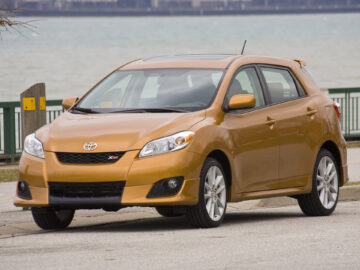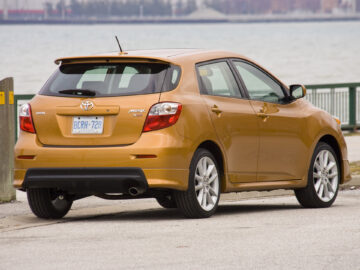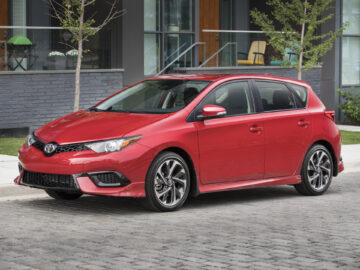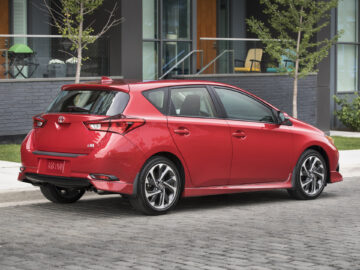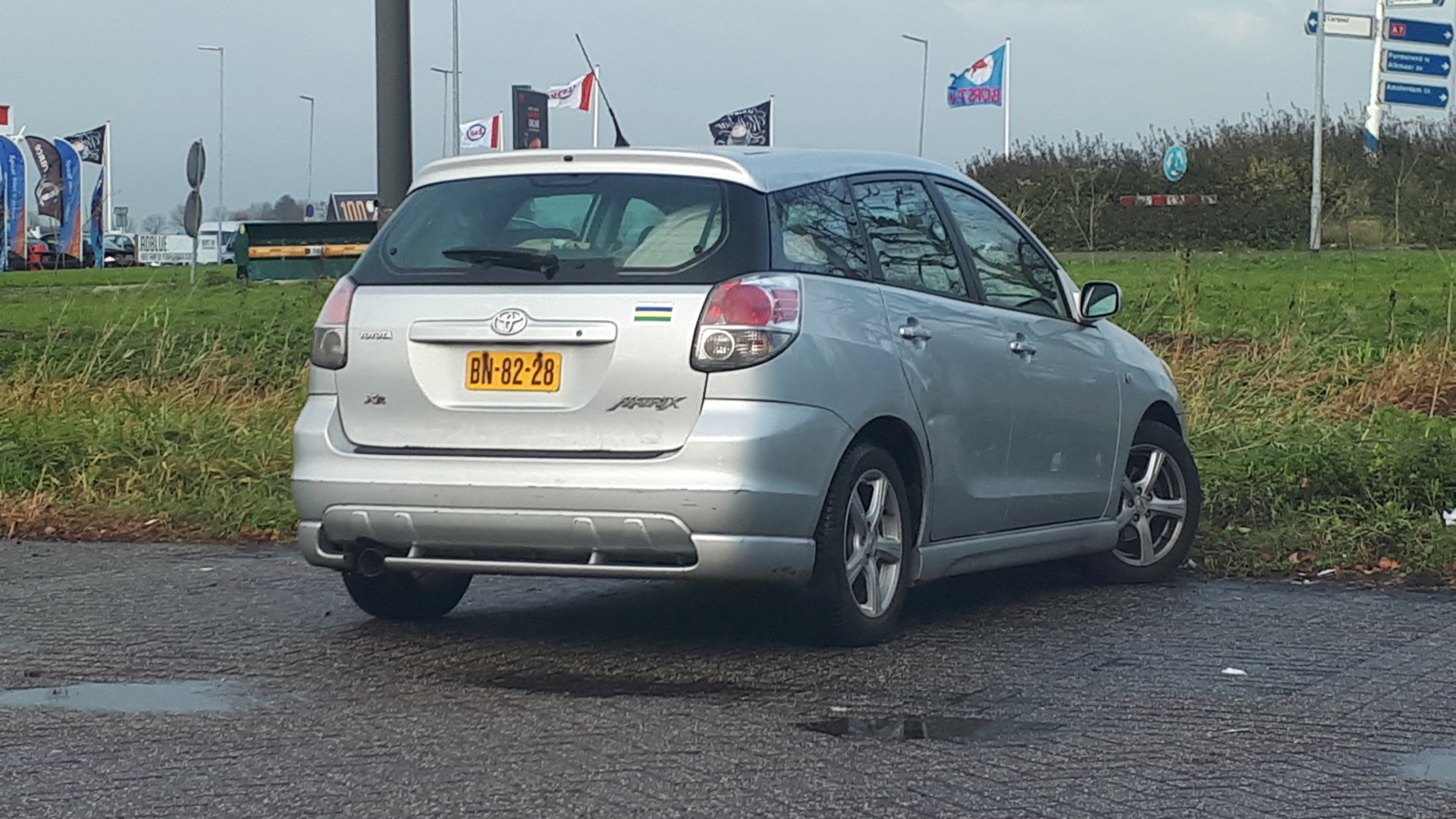Spotted: a Toyota Matrix
The spotted specimen
Especially in the region of The Hague you sometimes come across special import models. After all, that’s where the embassies are, and they sometimes have their staff drive cars that we don’t know here. However, we saw this Toyota Matrix XR on the outskirts of Hoorn. The car has BN license plates, so more than the fact that it is from facelift year 2005, there is nothing to tell about this example.

What are BN license plates?
BN license plates are used for vehicles that are not part of the Dutch fleet. In practice, these are often cars of embassy personnel without diplomatic status. Officially, the letters have no meaning, but often the letter combination is interpreted as “Foreigner in the Netherlands. For the same vehicles the letter combination GN is also used, which could mean ‘No Dutchman’.
In this license plate series, the numbers also have a meaning, which is unusual with Dutch license plates. In the case of this Toyota, the numbers make it clear that it is indeed a car belonging to staff of an embassy or consulate.
What is a Toyota Matrix?
Back to the spotted car: what exactly is a Toyota Matrix? The Matrix was developed primarily for the North American market, through a joint venture between Toyota and General Motors. The model was a substantial hatchback, with some traits of an SUV or station wagon. A true crossover, in other words. The Matrix was a somewhat sportier complement to the Toyota Corolla sedan, since the Corolla hatchback was not available in North America. The Matrix also shared its technology with the Corolla. General Motors made its own variant of the car: the Pontiac Vibe.
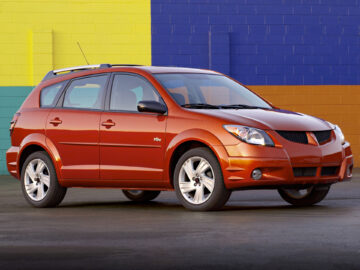
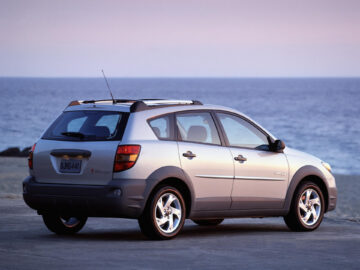

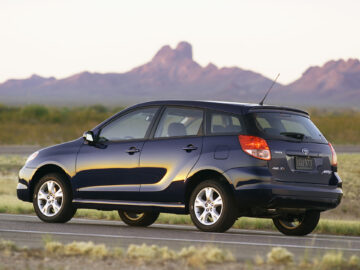
Despite the Toyota Matrix’s semi-sporty approach, the interior was primarily focused on practicality. With the rear seats flat, a large flat cargo floor of robust plastic was created, with more space than in some estate cars.
The engine lineup consisted of two different 1.8-liter four-cylinder gasoline engines. One with 97 kW (132 hp) and one with 130 kW (177 hp). The more powerful engine came from the Celica. Front-wheel drive was standard; optional all-wheel drive was also available. Shifting was standard manual with five gears, but a four-speed automatic was also an option (standard with all-wheel drive).

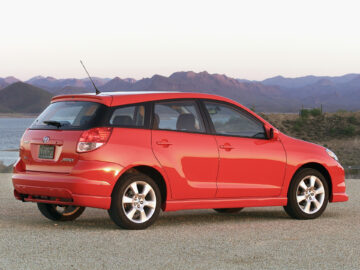
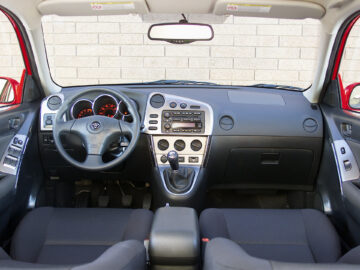

Toyota Matrix in three versions
The Toyota Matrix was available in three versions. An unnamed standard model, the XR and the XRS. The standard model was relatively bare bones, but that made it extra interesting in terms of price for the younger target group the Matrix was aimed at. The XR added some more equipment and a somewhat nicer trim.
The XRS brought some more “luxury,” but most importantly, the more powerful engine. The first model year the automatic transmission was optional, but after that the XRS only came with a six-speed manual transmission. One more gear compared to the other Matrix models. The XRS was quite a sporty car for its time and limited to 2,500 units per year.
Facelift for the Toyota Matrix
For model year 2005, the Matrix was already facelifted, but the changes were limited. The front bumper was modified so it was less likely to scrape the ground, and the taillights were given clear instead of red glass. Inside, the center console was slightly modified. For model year 2006, the power output of the engines was reduced slightly, but strangely only on paper and not in actual performance.
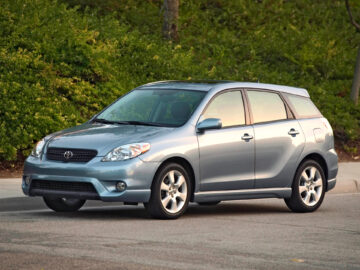
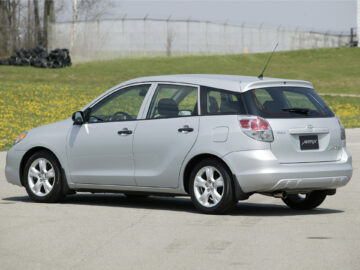
Second generation and follow-up Toyota Matrix
A completely new model generation for the Toyota Matrix followed in 2008 for model year 2009, which was primarily an evolution of the first model. That model lasted through model year 2014. A third generation remained out, mainly because the regular Corolla hatchback became available in North America in slightly modified form.
